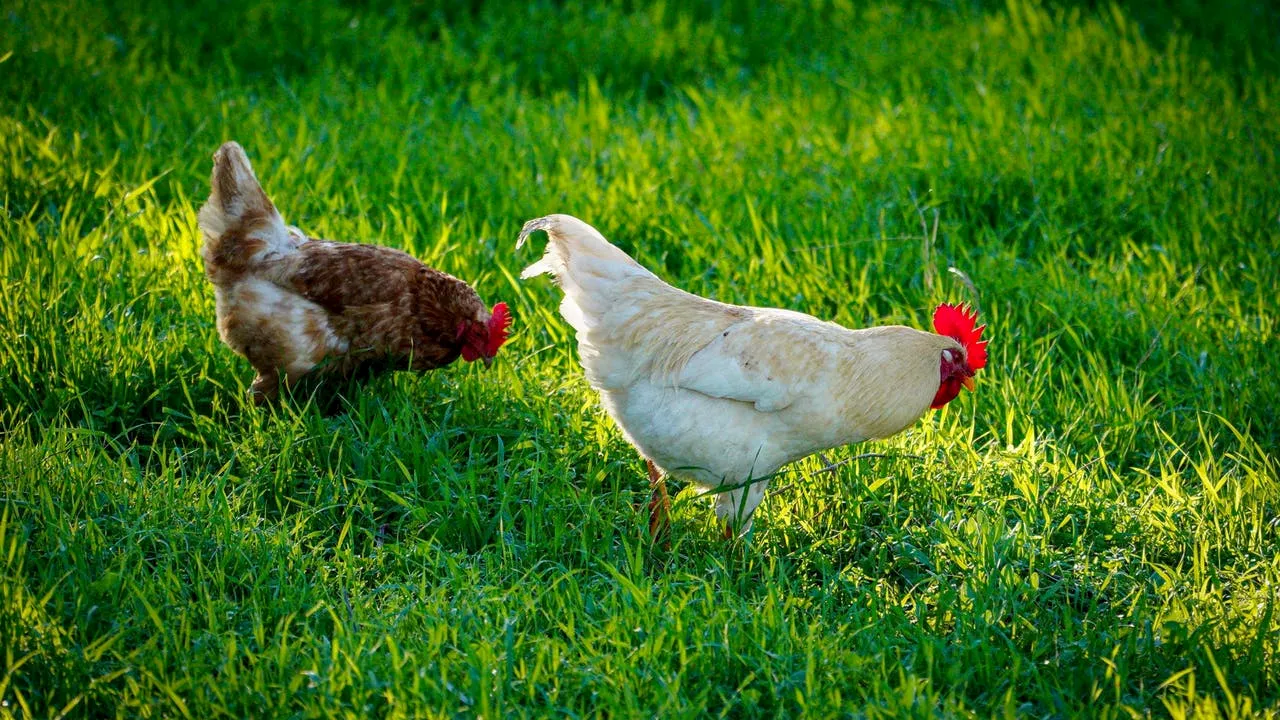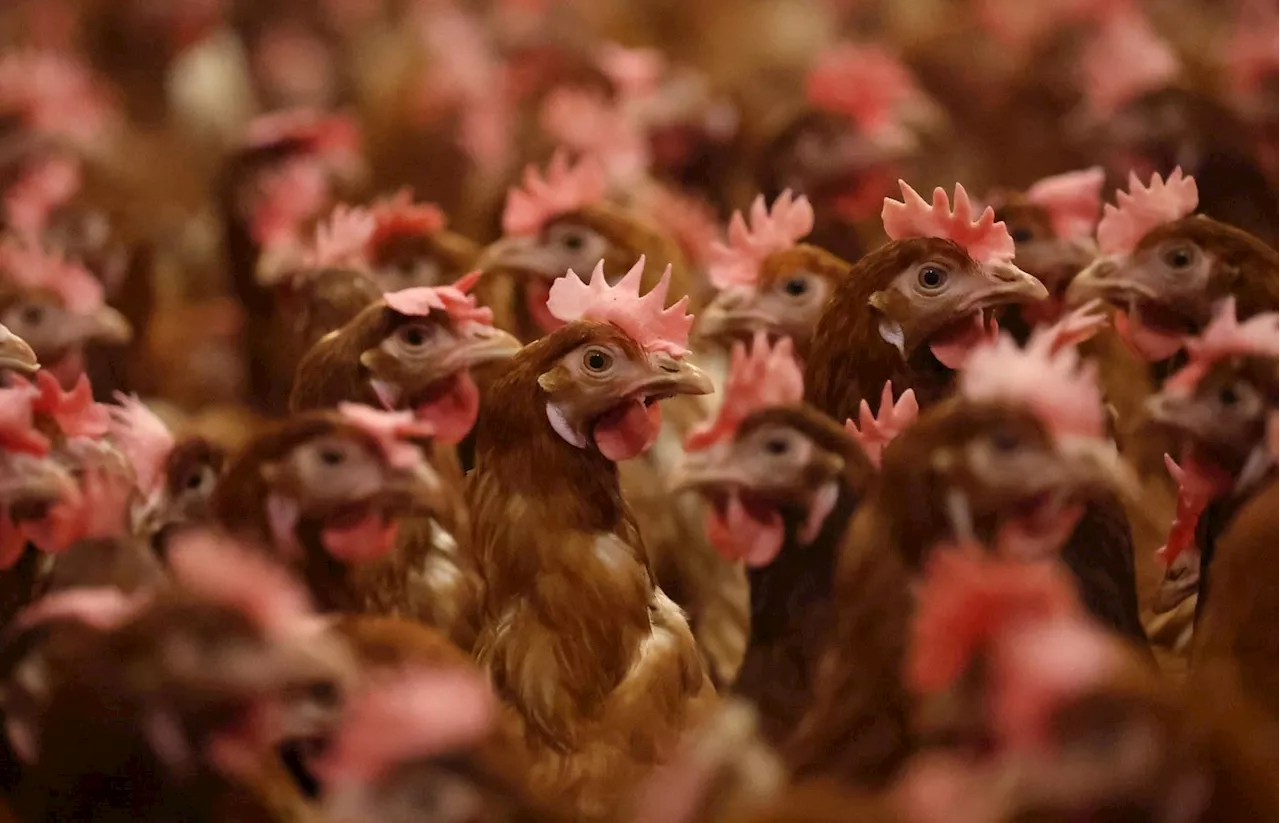Utah wildlife officials have reported the detection of highly pathogenic avian influenza in birds and other wildlife across ten counties, including three previously unaffected areas. The outbreak has resulted in the death of thousands of eared grebes in the Great Salt Lake ecosystem.
Utah wildlife officials say highly pathogenic avian influenza has been detected in birds and other wildlife across 10 counties since November, including three counties that had never had positive cases from other waves before late last year.
The virus has been confirmed in over 100 wild birds, as well as three red foxes, one mountain lion and multiple skunks across Box Elder, Cache, Carbon, Davis, Emery, Millard, Salt Lake, San Juan, Tooele and Weber counties, Utah Division of Wildlife Resources officials said in an update on Wednesday. Box Elder, Emery and San Juan counties had previously not had any cases since the national outbreak began in early 2022. We saw a lull in new avian flu cases in wild birds from January 2024 to November 2024, but since last fall, we have seen another uptick in new cases across Utah, said Ginger Stout, the division's veterinarian, in a statement. The update comes after division officials told KSL on Friday that over 15,000 eared grebes are believed to have died within the Great Salt Lake ecosystem because of the virus over the past few months. A few grebes account for the 122 confirmed cases in the state since the start of the outbreak. Officials warn that avian influenza poses a serious threat to both wild and domestic birds, and urge the public to avoid contact with sick or dead birds. They also recommend taking steps to protect poultry flocks, such as keeping them separate from wild birds and ensuring that they have access to clean water and feed.
Avian Influenza Wildlife Utah Bird Flu Eared Grebes Great Salt Lake
United States Latest News, United States Headlines
Similar News:You can also read news stories similar to this one that we have collected from other news sources.
 Highly Pathogenic Avian Influenza Claims Lives of Flamingo and Harbor Seal at Lincoln Park ZooTwo beloved animals at Chicago's Lincoln Park Zoo, Teal the Chilean Flamingo and Slater the Harbor Seal, have succumbed to highly pathogenic avian influenza (HPAI). This marks the first known cases of HPAI in animals in the zoo's care.
Highly Pathogenic Avian Influenza Claims Lives of Flamingo and Harbor Seal at Lincoln Park ZooTwo beloved animals at Chicago's Lincoln Park Zoo, Teal the Chilean Flamingo and Slater the Harbor Seal, have succumbed to highly pathogenic avian influenza (HPAI). This marks the first known cases of HPAI in animals in the zoo's care.
Read more »
 Pennsylvania Confirms First Case of Highly Pathogenic Avian Influenza in PoultryPennsylvania Department of Agriculture confirms the first case of Highly Pathogenic Avian Influenza (HPAI) in a commercial poultry farm in Lehigh County. Governor Shapiro implements quarantines to protect the state's dairy and poultry industries. While there is no risk to the public from consuming properly cooked poultry products, the virus is highly contagious and fatal to domestic birds. The department urges vigilance in biosecurity measures and asks for reports of suspected infections.
Pennsylvania Confirms First Case of Highly Pathogenic Avian Influenza in PoultryPennsylvania Department of Agriculture confirms the first case of Highly Pathogenic Avian Influenza (HPAI) in a commercial poultry farm in Lehigh County. Governor Shapiro implements quarantines to protect the state's dairy and poultry industries. While there is no risk to the public from consuming properly cooked poultry products, the virus is highly contagious and fatal to domestic birds. The department urges vigilance in biosecurity measures and asks for reports of suspected infections.
Read more »
 Highly Pathogenic Avian Influenza Detected in California Duck FarmThe World Organization of Animal Health reported the detection of the H5N9 bird flu strain in a California duck farm. This strain, classified as 'highly pathogenic avian influenza,' caused severe disease and increased mortality in the affected flock. This marks the first time H5N9 has been found in American poultry with this level of pathogenicity. The virus is believed to have potentially arisen through reassortment with other influenza viruses, including the prevalent H5N1 strain. While there have been previous detections of H5N9 in the U.S., this outbreak raises concerns due to its severity.
Highly Pathogenic Avian Influenza Detected in California Duck FarmThe World Organization of Animal Health reported the detection of the H5N9 bird flu strain in a California duck farm. This strain, classified as 'highly pathogenic avian influenza,' caused severe disease and increased mortality in the affected flock. This marks the first time H5N9 has been found in American poultry with this level of pathogenicity. The virus is believed to have potentially arisen through reassortment with other influenza viruses, including the prevalent H5N1 strain. While there have been previous detections of H5N9 in the U.S., this outbreak raises concerns due to its severity.
Read more »
 Highly Pathogenic Avian Influenza: A Growing Threat to US PoultryA recent outbreak of highly pathogenic avian influenza (HPAI) in Georgia's poultry industry highlights the ongoing challenges posed by this virus. The article explores the economic impact, transmission routes, and the potential for HPAI to become endemic in the US. While the risk to human health remains low, the continuing spread of the virus underscores the need for robust biosecurity measures and research into mitigation strategies.
Highly Pathogenic Avian Influenza: A Growing Threat to US PoultryA recent outbreak of highly pathogenic avian influenza (HPAI) in Georgia's poultry industry highlights the ongoing challenges posed by this virus. The article explores the economic impact, transmission routes, and the potential for HPAI to become endemic in the US. While the risk to human health remains low, the continuing spread of the virus underscores the need for robust biosecurity measures and research into mitigation strategies.
Read more »
 Highly Pathogenic Avian Influenza Found in Nevada Dairy CowsAvian influenza strain D1.1 has jumped from wild birds to dairy cows in Nevada, raising concerns due to a mutation potentially enhancing replication in mammalian cells. The virus, related to those in migratory birds, shares a mutation found in some human bird flu cases. While there's no evidence of human-to-human transmission, the USDA and CDC are monitoring the situation closely.
Highly Pathogenic Avian Influenza Found in Nevada Dairy CowsAvian influenza strain D1.1 has jumped from wild birds to dairy cows in Nevada, raising concerns due to a mutation potentially enhancing replication in mammalian cells. The virus, related to those in migratory birds, shares a mutation found in some human bird flu cases. While there's no evidence of human-to-human transmission, the USDA and CDC are monitoring the situation closely.
Read more »
 Massachusetts Urges Caution Against Avian FluLocal public health officials suspect highly pathogenic avian influenza in recent wild and domestic bird deaths.
Massachusetts Urges Caution Against Avian FluLocal public health officials suspect highly pathogenic avian influenza in recent wild and domestic bird deaths.
Read more »
